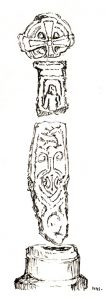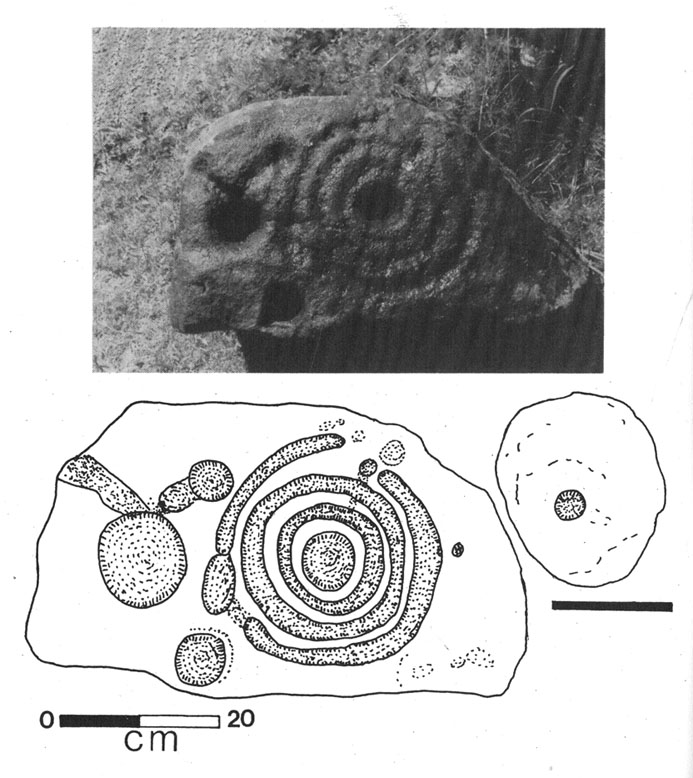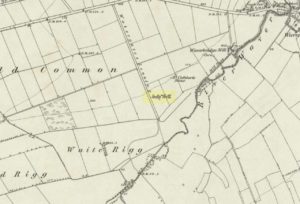Holy Well (lost): OS Grid Reference – NY 0562 0303
Archaeology & History
Described as being “lost” in John Musther’s (2015) relatively recent survey, very little has been written about this site but, by the look of things, it may still exist—albeit in a boggy state of affairs! It was mentioned in Parker’s (1926) classic history book of the area:
“Near to Newton is a very plentiful spring which is known to have been moved further from the house than it was. Adam de Newton, son of Richard, mentions in one of his grants, “St. Helen’s Well, which is at the corner of my garden, the outfall going into Grucokesgile beck.”

Parker found it to have been described in a local property charter in St Bee’s Register (Wilson 1915) as far back as 1220 CE. On the earliest OS-map of the area, a “Spring” is shown just above Newton, which may mark the very spot! Not far from the holy well was also a cross-marked stone called the Grey Stone (grey stones are usually boundary stones, but can also be standing stones—of which there were a lot in this neck o’ the woods).
Folklore
St. Helen’s Day was celebrated on August 18, but there seem to be no accounts of traditional customs recorded here.
References:
- Harte, Jeremy, English Holy Wells – volume 2, Heart of Albion press: Wymeswold 2008.
- Musther, John, Springs of Living Waters, privately printed: Keswick 2015.
- Page, Jim Taylor, Cumbrian Holy Wells, North West Catholic History Society: Ormskirk 1990.
- Parker, C.A. The Gosforth District: Its Antiquities and Places of Interest, Thomas Wilson: Kendal 1926.
- Wilson, James, The Register of the Priory of St. Bees, Surtees Society: Durham & London 1915.
© Paul Bennett, The Northern Antiquarian


